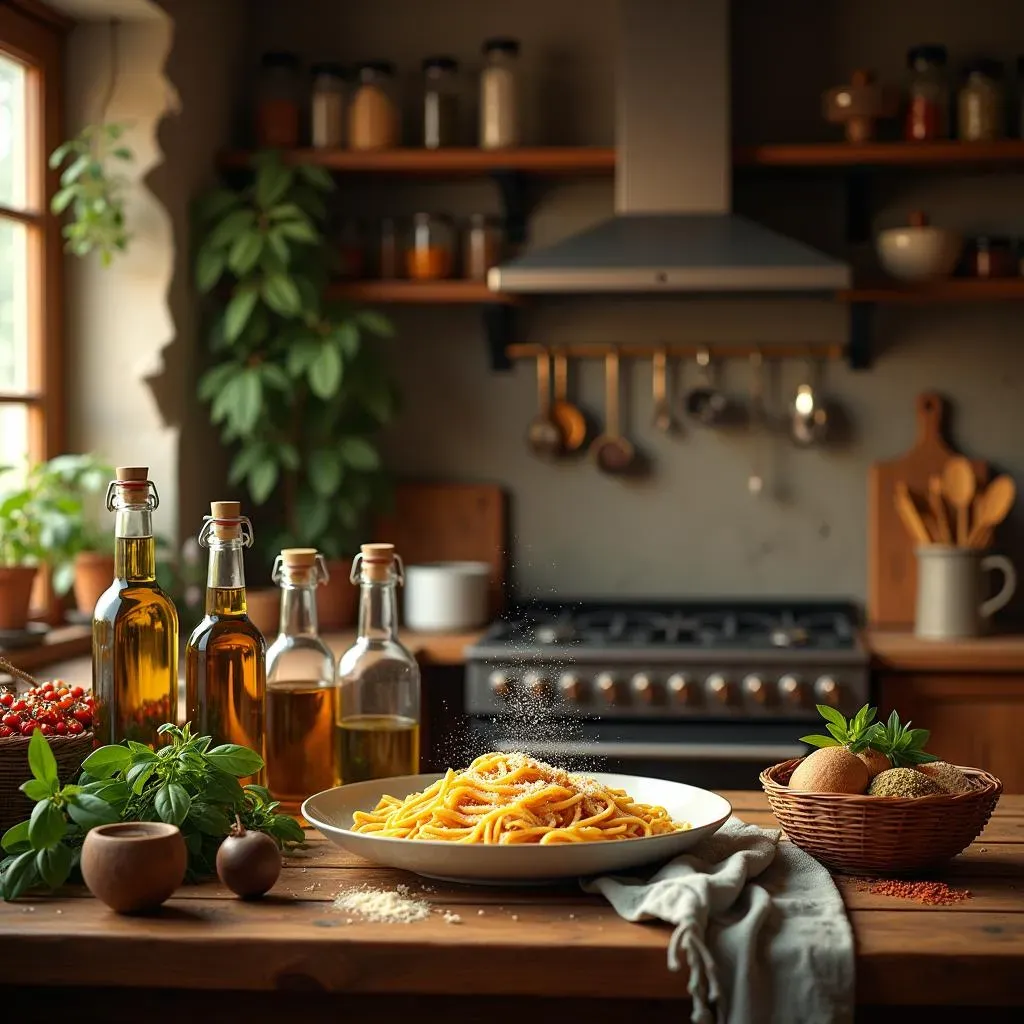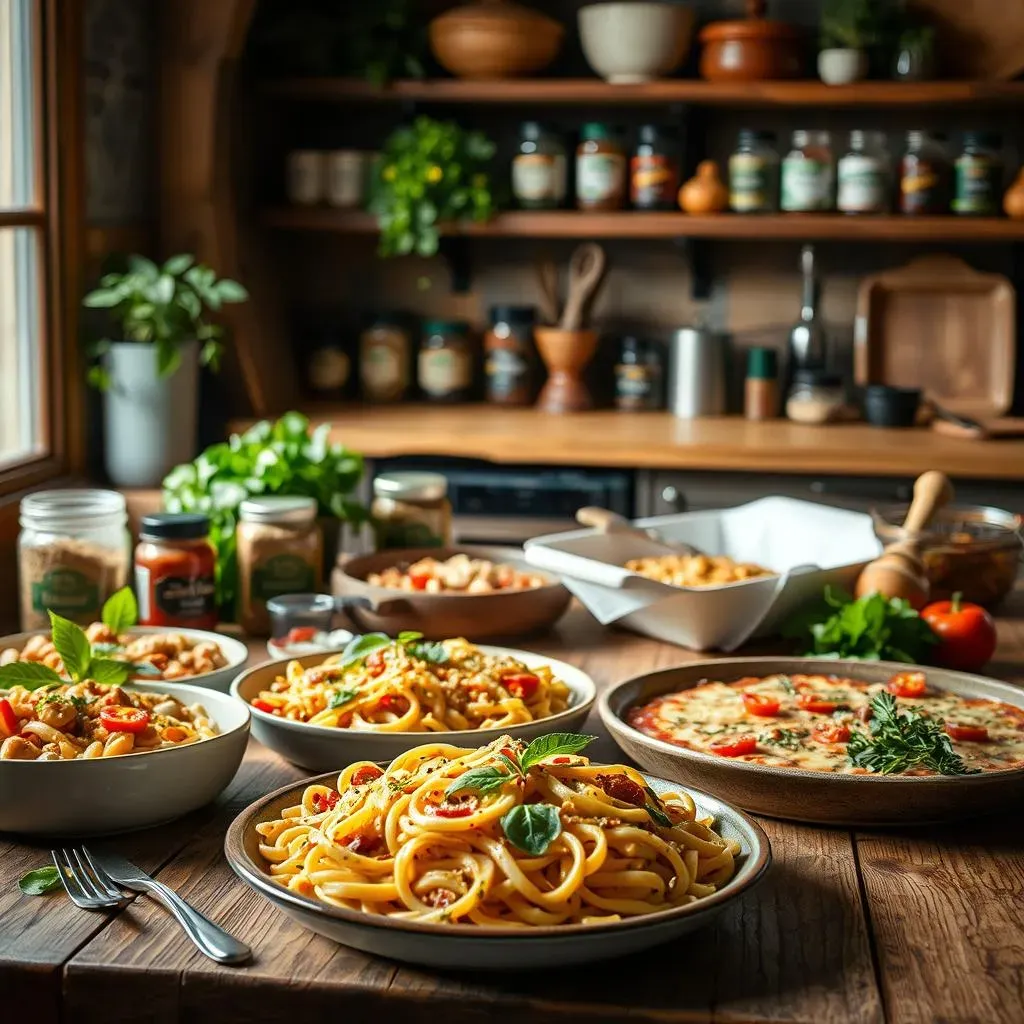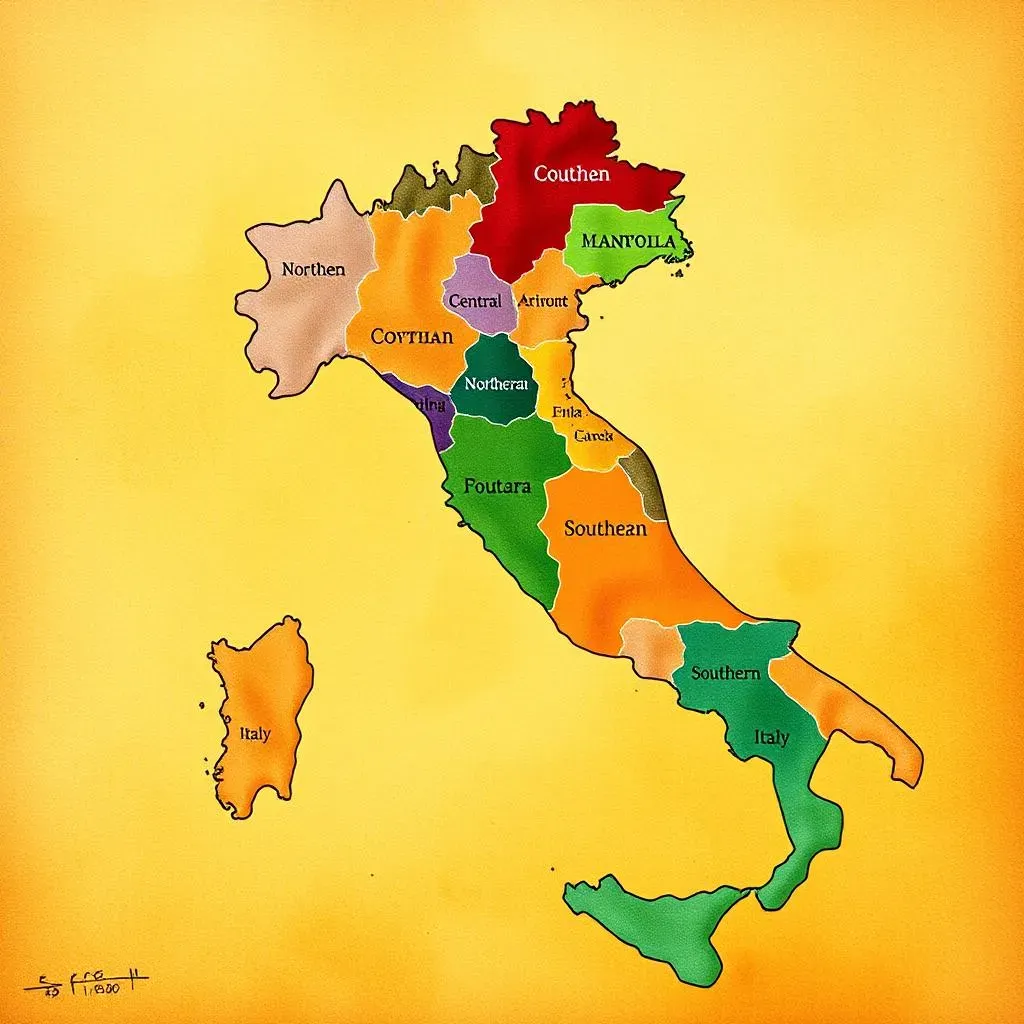Table of Contents
Ever wondered what makes Italian food taste so amazing? It's not just the pasta and tomatoes! The real magic lies in the herbs and spices. Italian food spices are the secret ingredient that transforms simple dishes into flavorful feasts. From fragrant basil to robust rosemary, these spices are the heart of Italian cooking. This article is your guide to understanding these essential flavors. We will explore the must-have spices for your kitchen, how to use popular Italian blends, and even take a trip through Italy to see how spice use changes from region to region. Get ready to spice up your cooking and bring the taste of Italy to your home!
Essential Italian Food Spices for Your Kitchen
Essential Italian Food Spices for Your Kitchen
Why You Need a Spice Rack Like an Italian Nonna
so you wanna cook Italian, huh?
Think you can just toss some tomatoes and noodles together and call it a day?
Nope!
That's like saying you can paint a masterpiece with just one color.
Italian food is all about layers of flavor, and spices are your paint palette.
Imagine trying to make pizza without oregano.
Or a killer pasta sauce with no basil.
Sounds kinda sad, right?
Having the right spices is like having a secret weapon in the kitchen.
It's what separates a "meh" meal from a "WOW, this is amazing!" experience.
The Rockstars of Italian Spices
So, which spices are the must-haves?
Let's talk about the MVPs – Most Valuable Players – of Italian flavor.
First up, basil.
This is your go-to for pesto, tomato sauces, and anything that needs a fresh, sweet kick.
Then there's oregano, the pizza and pasta superstar.
It’s got this warm, slightly bitter thing going on that just screams "Italy."
Don't forget rosemary, it's like the woodsy, piney cousin who makes roasted meats and potatoes taste incredible.
And garlic, well, garlic is basically the backbone of Italian cooking.
Fresh, powdered, roasted – you name it, Italians use it.
These are just the start, but trust me, with these in your spice rack, you're already winning.
- Basil: Fresh, sweet, for pesto and sauces.
- Oregano: Warm, slightly bitter, for pizza and pasta.
- Rosemary: Piney, woodsy, for roasted meats and potatoes.
- Garlic: The foundation, used in everything.
Understanding and Using Italian Spice Blends
Understanding and Using Italian Spice Blends
Spice Blends: Your Shortcut to Italian Flavor
so now you know the spice superstars.
But sometimes you want a quick way to get that Italian taste without grabbing a million jars.
That's where Italian spice blends come in.
Think of them like a pre-mixed paint palette.
Someone already did the work of figuring out which spices taste great together, and put them in one jar for you.
Most Italian blends have some combo of basil, oregano, rosemary, thyme, and marjoram.
Some might throw in garlic powder, onion powder, or even red pepper flakes for a little kick.
They are super handy for things like pasta sauce, pizza, roasted veggies, or even just sprinkling on some bread with olive oil.
Just remember, pre-mixed blends are convenient, but knowing your individual spices lets you be a real flavor artist and tweak things exactly how you like them.
Exploring Regional Variations in Italian Food Spices
Exploring Regional Variations in Italian Food Spices
North vs. South: A Spice Journey Across Italy
Italy isn't just one big flavor blob.
Just like how folks in different parts of the US eat different things, Italian cooking changes a lot depending on where you are.
Up north, think creamy sauces, rich meats, and flavors that are a bit more subtle.
As you head south, BAM! It's like a flavor explosion with tomatoes, olive oil, and spices that have a real kick.
It's all Italy, but the spice rack looks totally different depending on if you're in Milan or Sicily.
Central Italy: Finding the Balance
Central Italy is like the middle child of Italian spices.
It's not as spice-shy as the North, but not as bold as the South.
Think about places like Tuscany or Rome.
They love herbs, especially rosemary and sage, but they use them in a way that's more about enhancing the main ingredients rather than overpowering them.
Garlic is still a big deal, but you might see a bit more use of warming spices like nutmeg or fennel seed, especially in meat dishes.
It’s all about balance – letting the good quality ingredients shine, with spices playing a supporting role.
Region | Spice Vibe | Key Spices | Example Dishes |
|---|---|---|---|
Northern Italy | Subtle, Herbaceous | Sage, Parsley, Nutmeg | Risotto, Creamy Polenta |
Central Italy | Balanced, Aromatic | Rosemary, Sage, Fennel Seed | Tuscan Roast Chicken, Pasta all'Amatriciana |
Southern Italy: Spice It Up!
Now, Southern Italy is where things get spicy – literally!
Down in places like Sicily and Calabria, they are not afraid of flavor.
Think sunshine, hot peppers, and influences from all over the Mediterranean.
You'll find tons of oregano and basil still, but they crank it up with red pepper flakes, black pepper, and even spices like cinnamon and cloves in some dishes, especially in sweets or dishes with North African influences.
Garlic is still everywhere, but it's often used more generously and boldly.
Southern Italian cooking is all about big, bright flavors that smack you in the face in the best way possible.
Wrapping Up: Your Italian Spice Adventure
So, you've journeyed through the aromatic world of Italian food spices! From stocking your pantry with basil, oregano, and rosemary, to mastering Italian seasoning blends, and even glimpsing regional spice secrets, you're now ready to cook like an Italian chef. Remember, these spices are your flavor passport to Italy. Don't be shy – experiment, taste, and let these herbs and spices transport your kitchen to the sun-drenched hills of Tuscany or the coastal breezes of Sicily. Now, go create your own Italian culinary masterpiece!